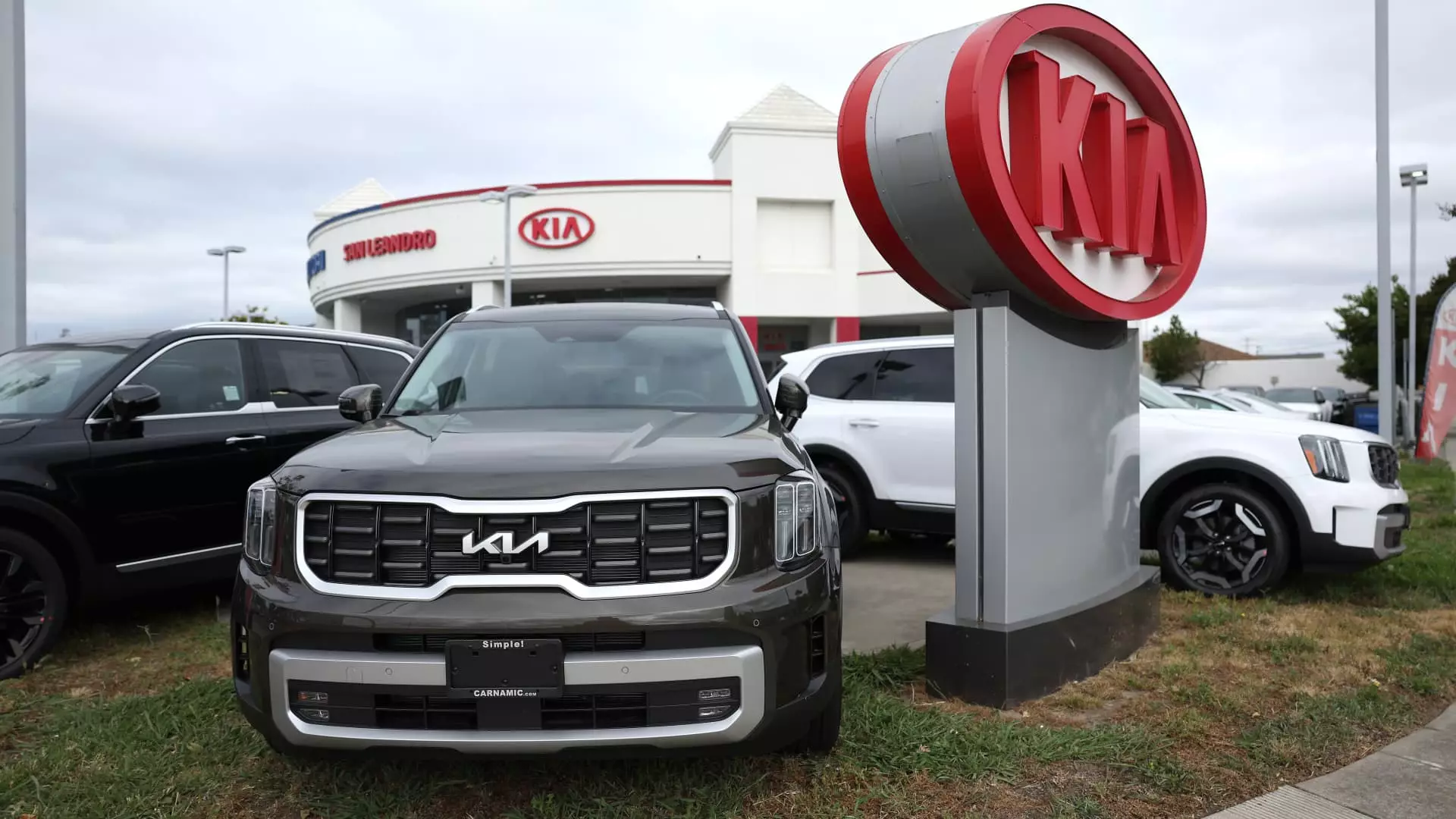The automotive industry in the United States is preparing for a comeback as sales of new vehicles are projected to rise in 2024. After grappling with the adverse effects of the global Covid health crisis and subsequent supply chain disruptions, the industry is expected to experience a year-over-year growth of 1% to 4% in vehicle sales, settling at an estimated range of 15.6 million to 16.1 million units. This positive development is a welcome sign for both consumers and the economy, as it signifies a return to pre-pandemic sales levels. However, the challenges posed by high interest rates, inflation, and soaring vehicle prices still loom over the horizon.
As automakers have improved their inventory levels, they have regained pricing power, leading to increased incentives for buyers. Jessica Caldwell, the Head of Insights at Edmunds, acknowledges that 2023 will still bear the burden of high interest rates. Although enticing deals and higher inventory are expected, market dynamics will be influenced by conflicting forces. While the industry is moving towards a more stable supply-demand equilibrium, automakers will need to weigh their options in deciding whether to push sales volumes back to prepandemic levels or maintain the current status quo.
The projected growth in the U.S. is in line with the expected global recovery. S&P Global Mobility forecasts a 2.8% increase in global auto sales for 2024. However, the recovery is expected to be hesitant and somewhat ambiguous due to macroeconomic factors. Colin Couchman, the Executive Director of Global Light Vehicle Forecasting at S&P Global Mobility, describes the environment as a “murkier macro-led demand” which indicates a more cautious path to recovery. Despite the uncertainties, any growth in U.S. auto sales next year would break the cycle of decline and mark the first sequential sales growth since 2015-2016.
Various automotive data firms offer differing perspectives on the imminent sales growth in the U.S. market. GlobalData, who acquired LMC Automotive, predicts a nearly 4% increase in sales, projecting a total of 16.1 million new vehicle units to be sold in 2024. On the other hand, Cox Automotive takes a more conservative stance with an expected 15.6 million vehicles sold, mainly driven by fleet or commercial sales. Retail sales, meanwhile, are anticipated to remain “mostly flat.” Edmunds falls in between the two extremes, foreseeing a modest 1% rise with an estimated 15.7 million cars and trucks being sold in 2024.
Looking ahead, the automotive industry faces a mixed bag of opportunities and challenges. Increased sales open doors for investors, although lower prices and rising incentives could put pressures on automakers and dealers who have enjoyed record profits in recent years. The normalization of the industry is a gradual process, and overcoming the hurdles of the past three years requires a cautious outlook. Jonathan Smoke, Cox Automotive’s Chief Economist, sums up the situation by stating that overall sales growth in 2024 will be constrained and weak, representing a return to a more normal state of affairs compared to the chaotic period experienced recently.
As the automotive industry prepares for 2024, the prospect of increased vehicle sales in the United States offers a glimmer of hope for both the sector and the wider economy. While challenges remain, such as high interest rates and inflation, the anticipated growth represents a step towards recovery from the disruptions caused by the pandemic and supply chain issues. As different forecasts provide varying outlooks, industry players will need to navigate the complexities of the market and make strategic decisions to capture the opportunities presented in the post-pandemic era.


Leave a Reply